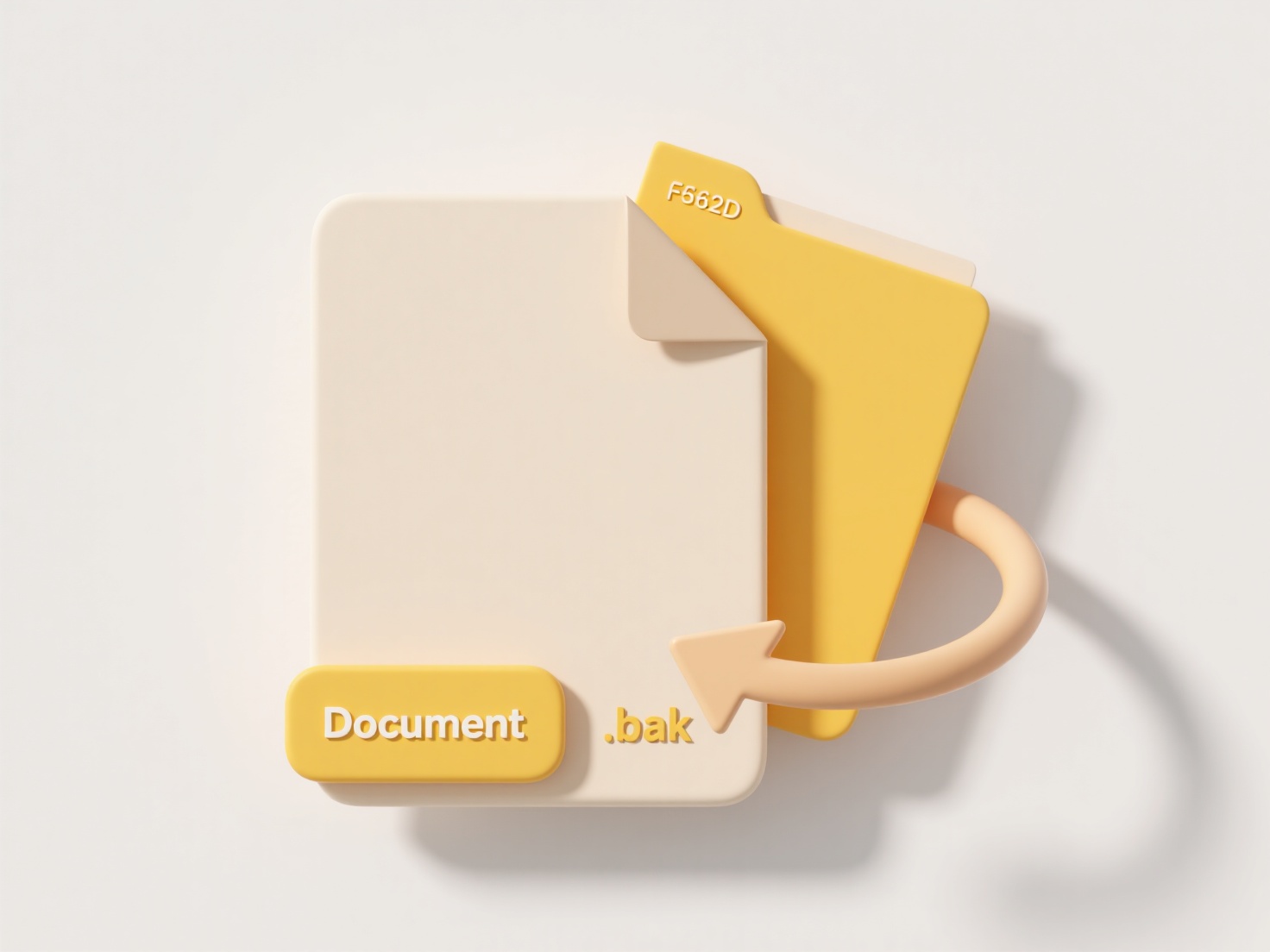
File naming for archiving involves creating clear, consistent file names that make stored content easy to locate, identify, and sort over long periods. It means structuring names using descriptive elements like project identifiers, dates, and keywords in a predictable order, often starting with the most important sorting element (like YYYY-MM-DD). This differs from ad hoc naming ("final_doc.doc") by ensuring files remain usable years later without needing the creator's memory to find them.
For example, a research project report might be named "2024-10_ClimateStudy_Phase2_FinalReport.pdf" – placing the year and month first ensures chronological sorting. Similarly, personal photos benefit from names like "2023-12-25_FamilyXmas_Dinner.jpg", embedding the date and event for quick identification in an archive. Industries relying on long-term records, such as academia, healthcare, or legal services, heavily use such structured naming conventions.

Effective naming dramatically improves retrieval speed and reduces errors. Advantages include future-proofing access and simplifying automation. Key limitations are the initial discipline required and balancing sufficient detail with name length. Consistent naming also preserves institutional knowledge ethically by ensuring records remain accessible to authorized users over time, promoting responsible information stewardship even as technologies evolve.
How do I name files to make archiving easier?
File naming for archiving involves creating clear, consistent file names that make stored content easy to locate, identify, and sort over long periods. It means structuring names using descriptive elements like project identifiers, dates, and keywords in a predictable order, often starting with the most important sorting element (like YYYY-MM-DD). This differs from ad hoc naming ("final_doc.doc") by ensuring files remain usable years later without needing the creator's memory to find them.
For example, a research project report might be named "2024-10_ClimateStudy_Phase2_FinalReport.pdf" – placing the year and month first ensures chronological sorting. Similarly, personal photos benefit from names like "2023-12-25_FamilyXmas_Dinner.jpg", embedding the date and event for quick identification in an archive. Industries relying on long-term records, such as academia, healthcare, or legal services, heavily use such structured naming conventions.

Effective naming dramatically improves retrieval speed and reduces errors. Advantages include future-proofing access and simplifying automation. Key limitations are the initial discipline required and balancing sufficient detail with name length. Consistent naming also preserves institutional knowledge ethically by ensuring records remain accessible to authorized users over time, promoting responsible information stewardship even as technologies evolve.
Quick Article Links
Why do shared edits lead to file conflicts?
Shared edits occur when multiple users simultaneously modify the same file. A file conflict arises when their changes ov...
How do I update or refresh search results?
Refreshing search results means updating displayed information to show the most current matches for your original query....
How can I change the default program for opening a file?
Changing the default program allows you to select which application automatically opens when you double-click a file of ...